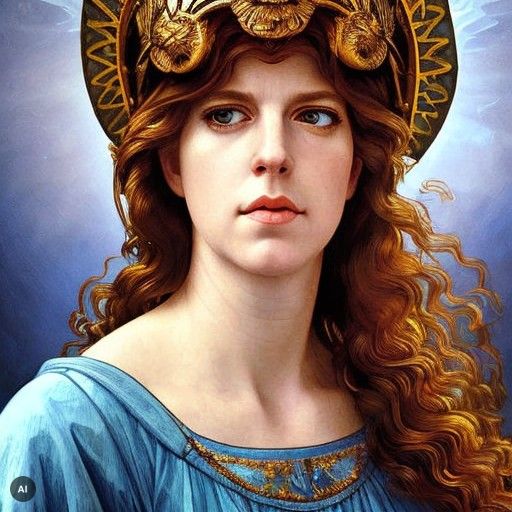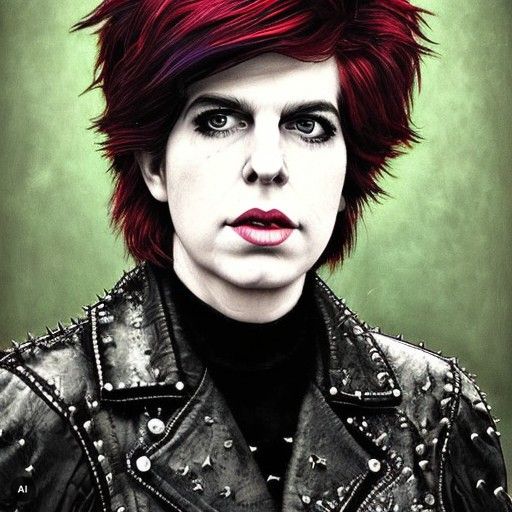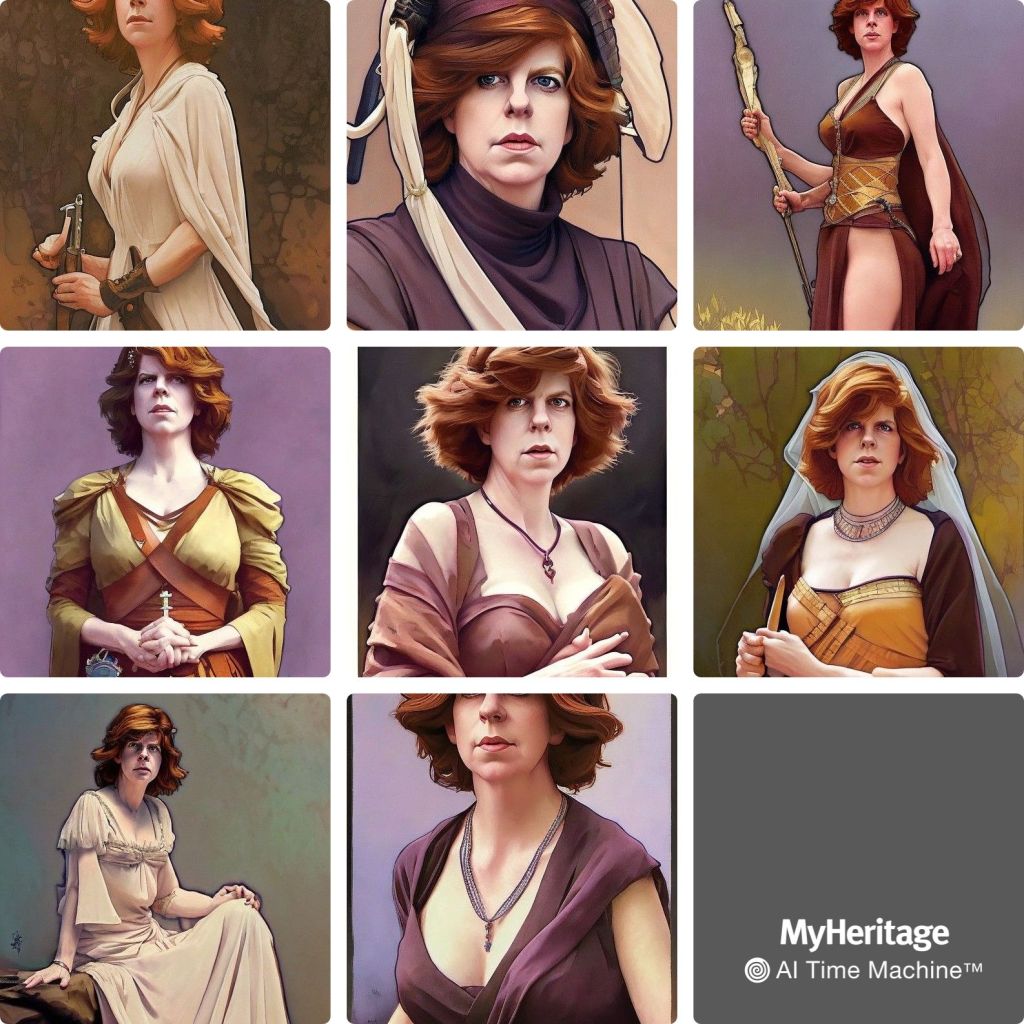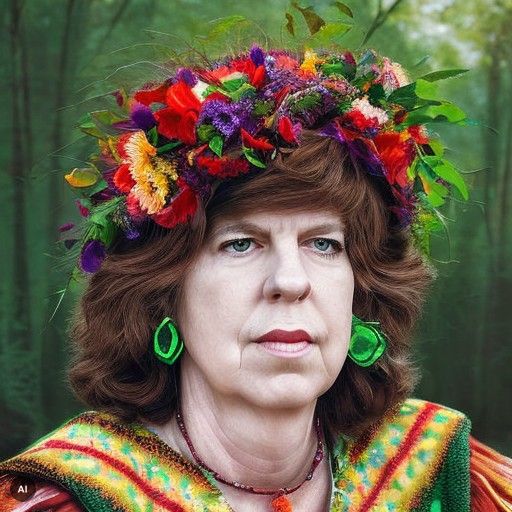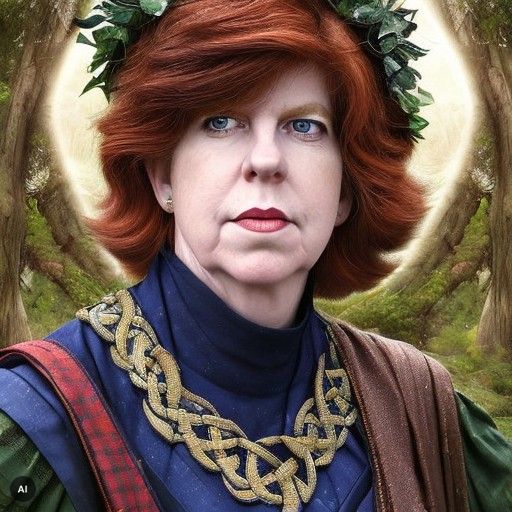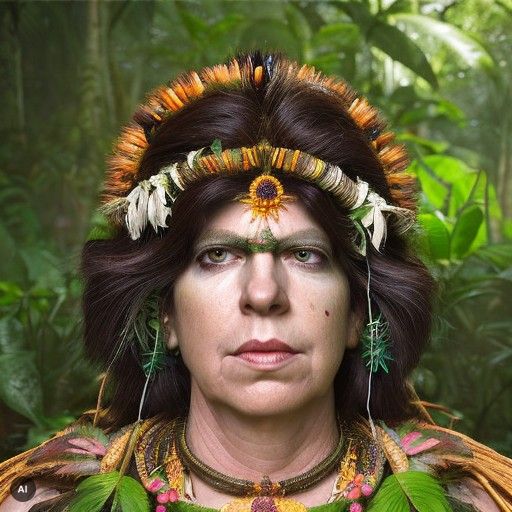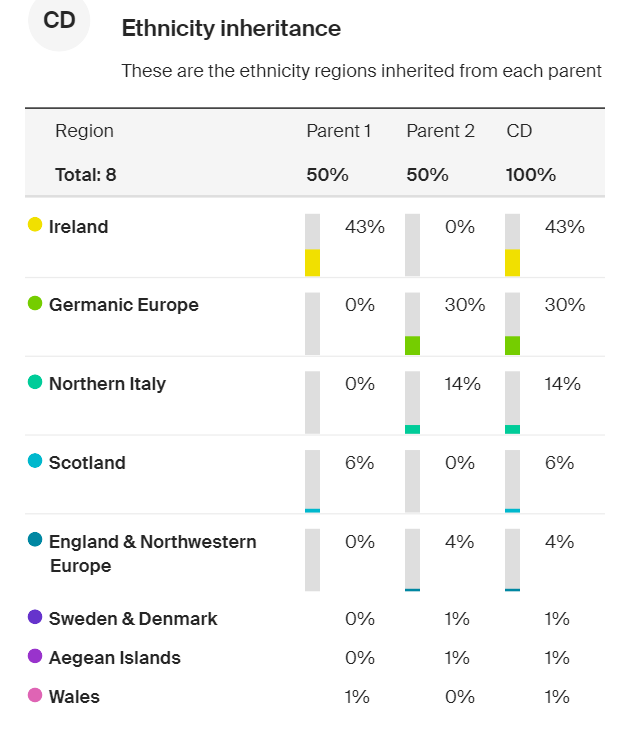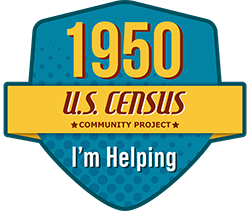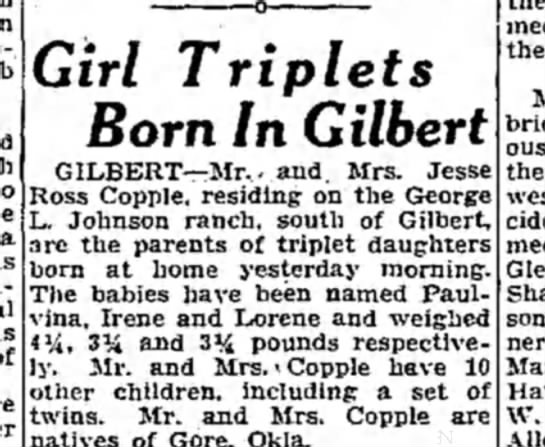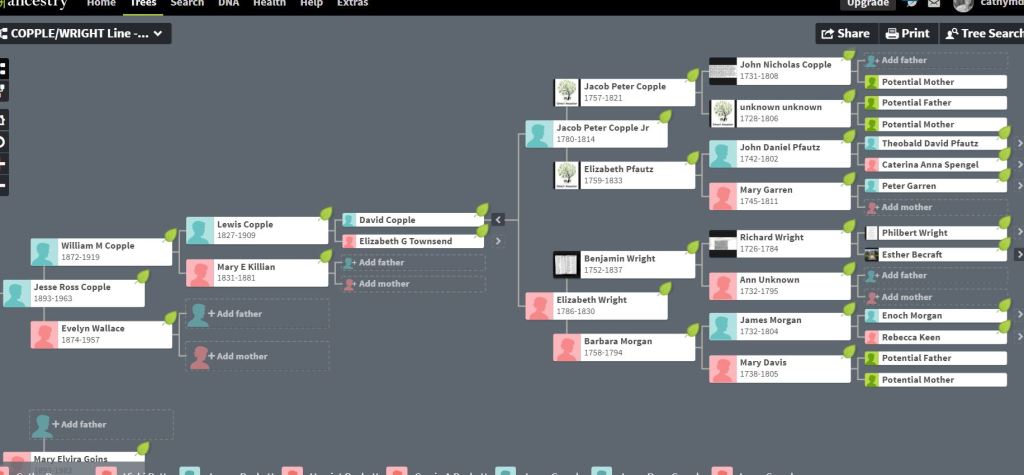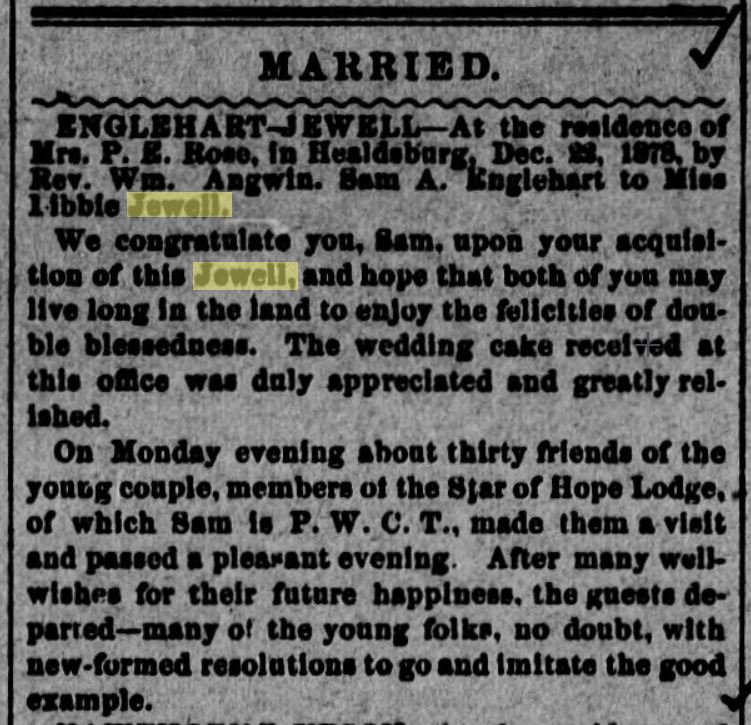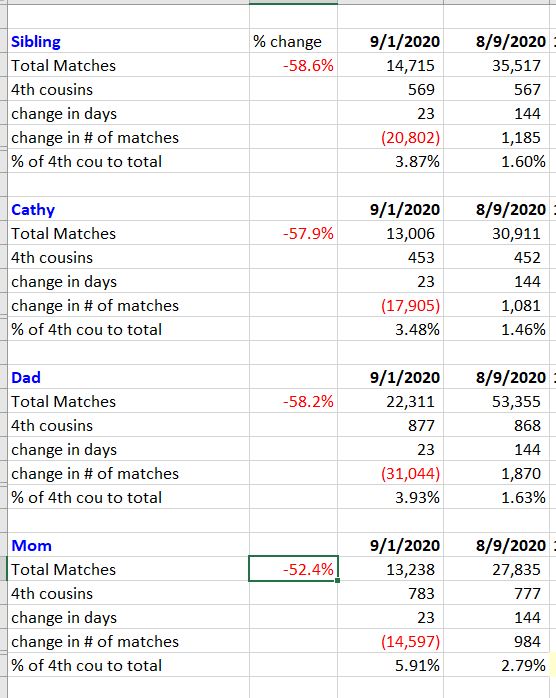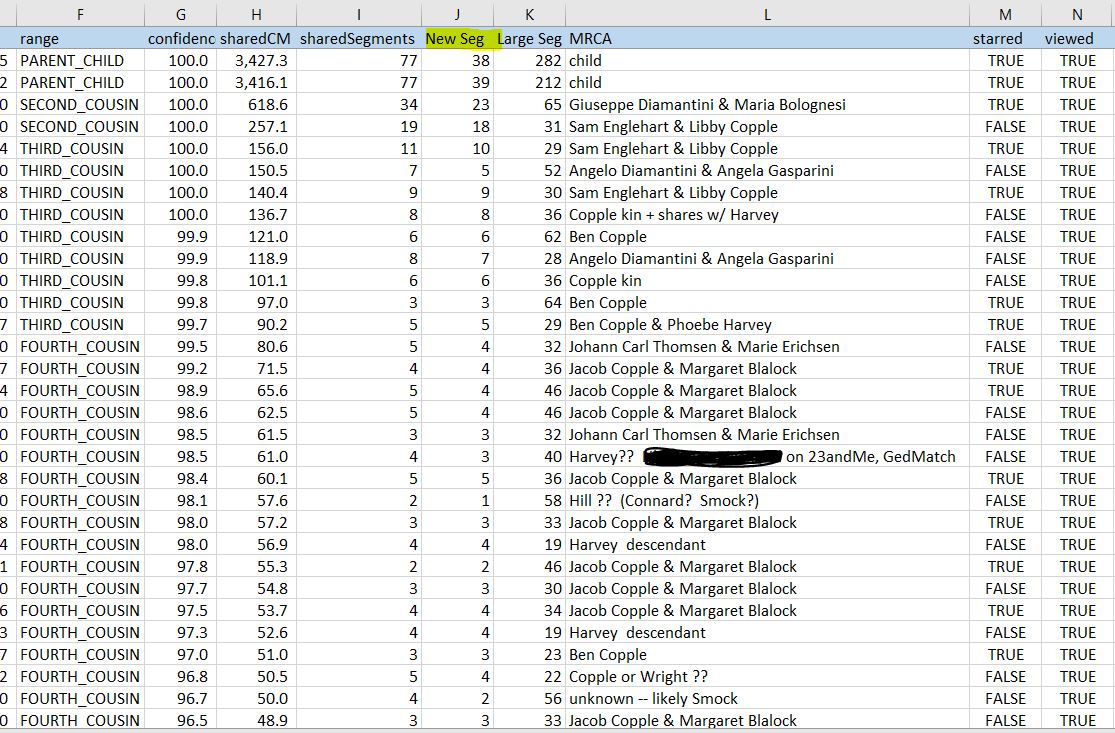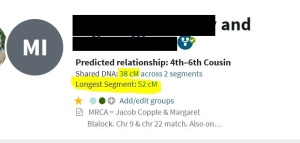MyHeritage has launched a new photograph feature on their website. To borrow a sentence straight from their announcement email, “With the AI Time Machine™, you can see yourself as an Egyptian pharaoh, a medieval knight or a Viking, a 19th-century lord or lady, and much more, in just a few clicks! “
MyHeritage suggests uploading some close-ups, some upper body shots, some profile shots and some full-body poses. So, what are the photo results like? I did two rounds — one using photos taken within the last year where I was fairly careless with my choices (resulting in themed images with a noticeable frown), and then a second round in which I took care to use more flattering photos of my (younger) self.
One of my faves is this image. Apparently, I was born to wear a crown 🙂
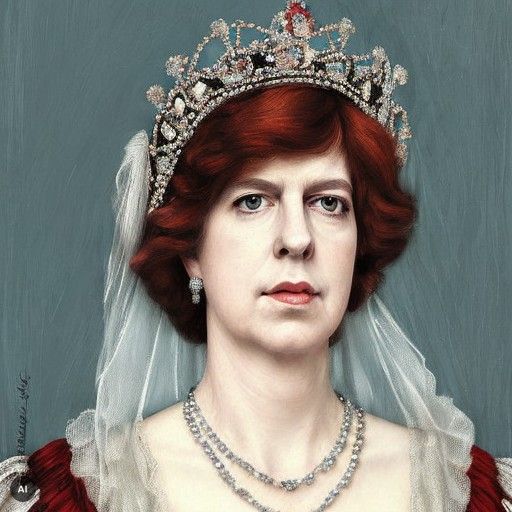
Or maybe I should have been a cowgirl?
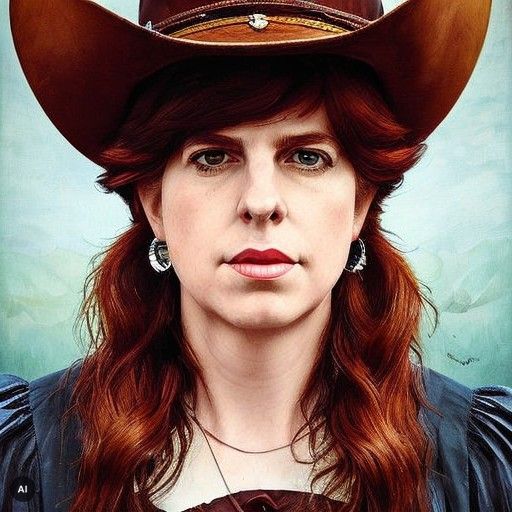
Both of these AI images I find fairly flattering but they’re clearly airbrushed, my eyes appear gray rather than blue, and my mouth is not true-to-life. But it’s all in fun, right?
Punk Rocker Me and 16th Century Royalty Me look sufficiently like the real me, but Greek Goddess Me doesn’t look like me at all! Still, a cool picture. Perhaps I’ll use that as my Facebook profile pic.
Some other themes are below. There are some glitches with the AI — the head is cut off in many of the “1950’s Illustrated” theme. The mouth and teeth in “1970s Hair” don’t match reality. “18th Century France” and “Ottoman Empire” themes, at least for the photos I used, were two of the least realistic, IMO.
I’m including the “Race Car” theme below. You can go modern with that theme (as well as “Astronaut” and “Futuristic Cyborg”).
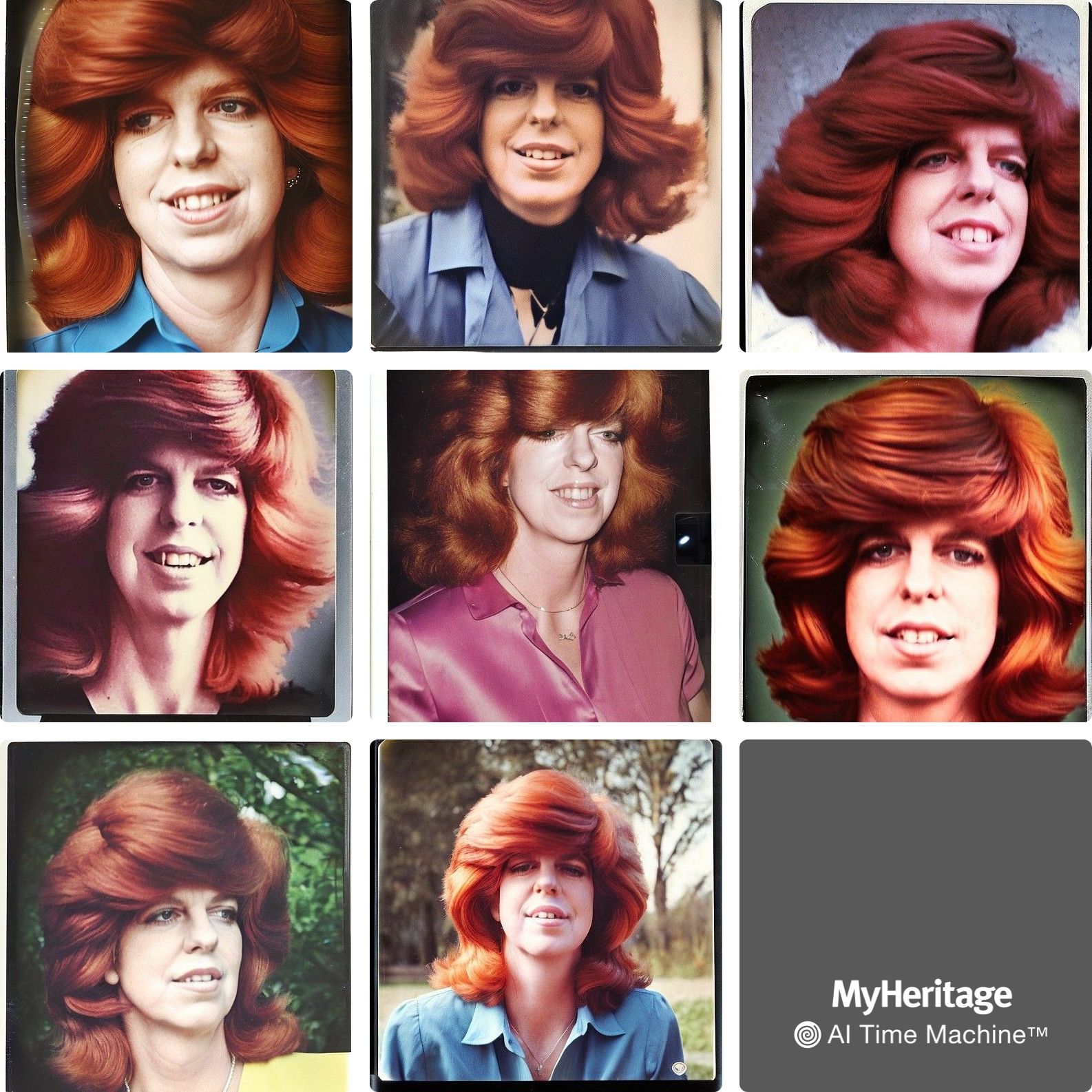



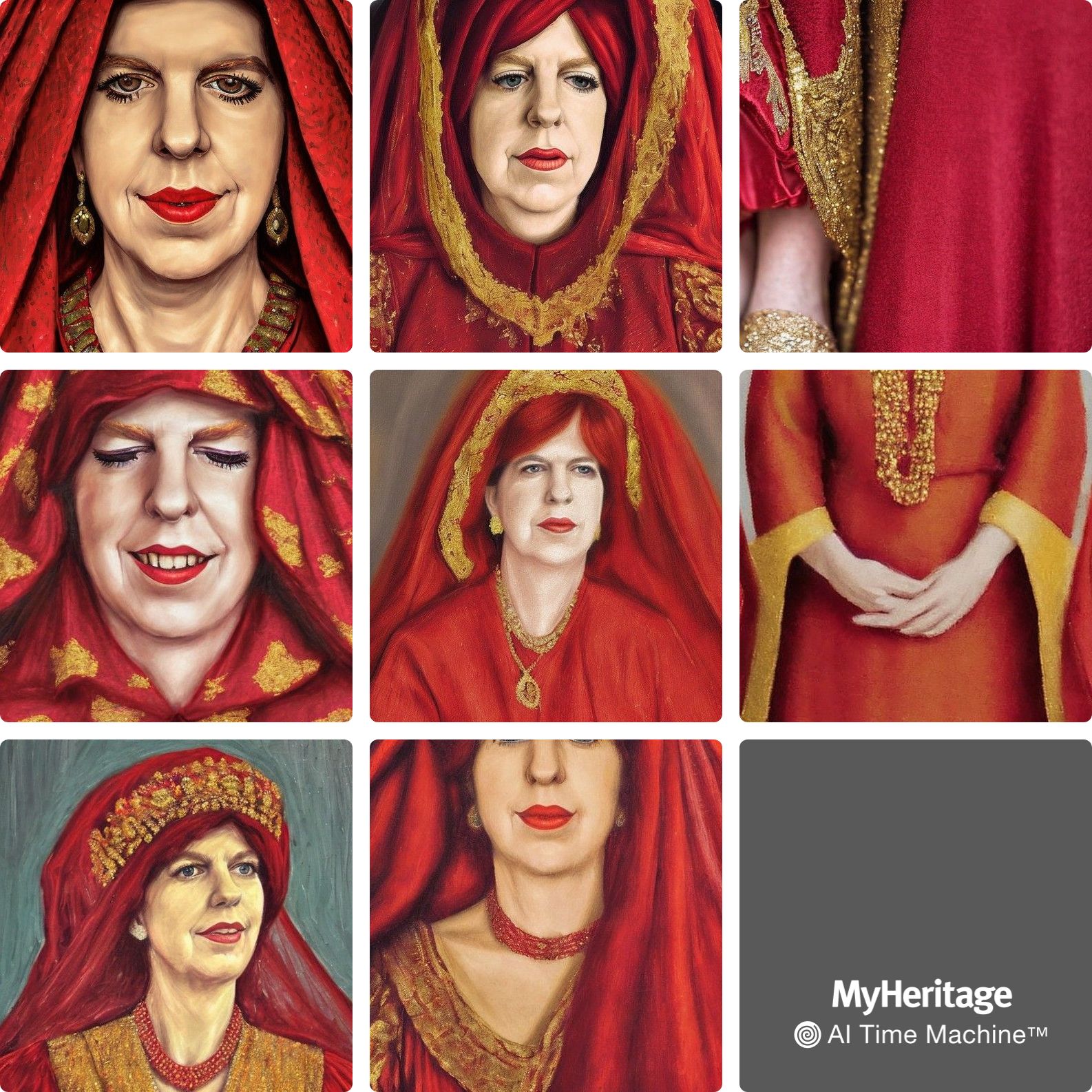
Later on, I did a second round of photos, this time choosing photos that were about 15 years old and uploading almost 30 photos total. (Suggested is 10 – 25.) Although the themes are the same, the AI results you get will be completely different.
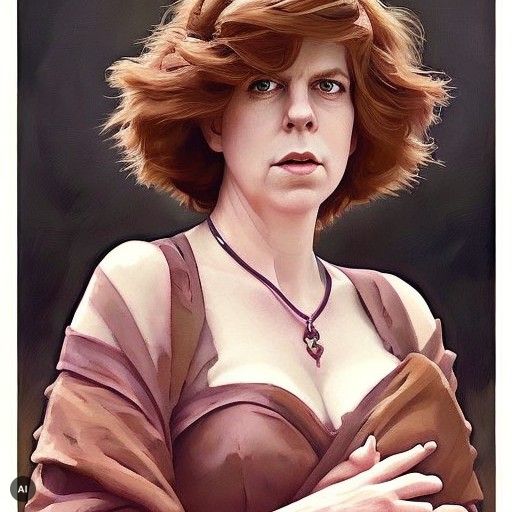
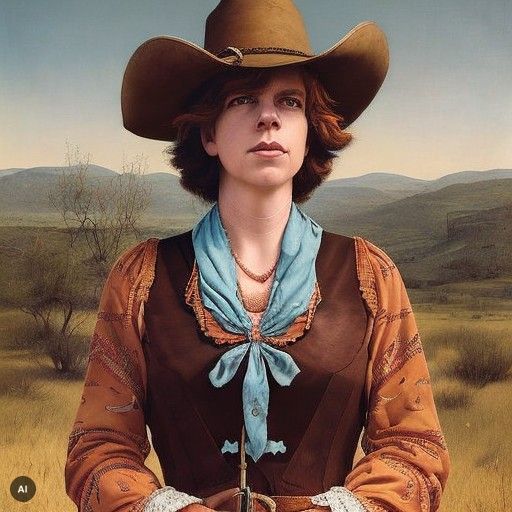
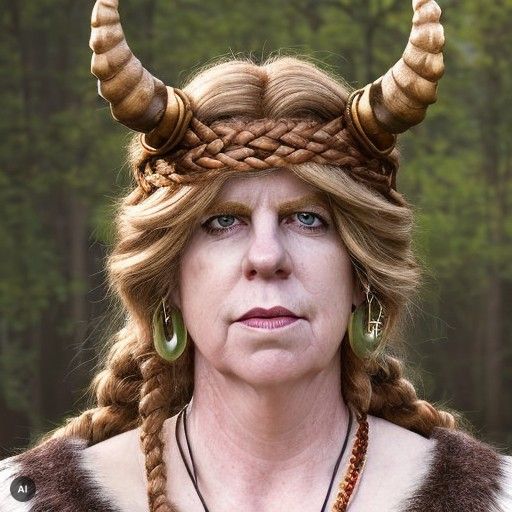
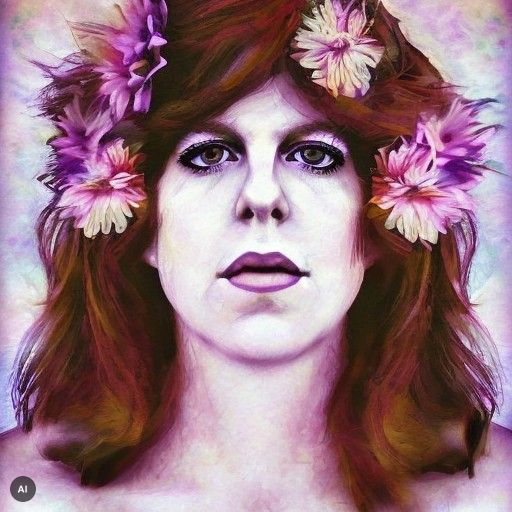
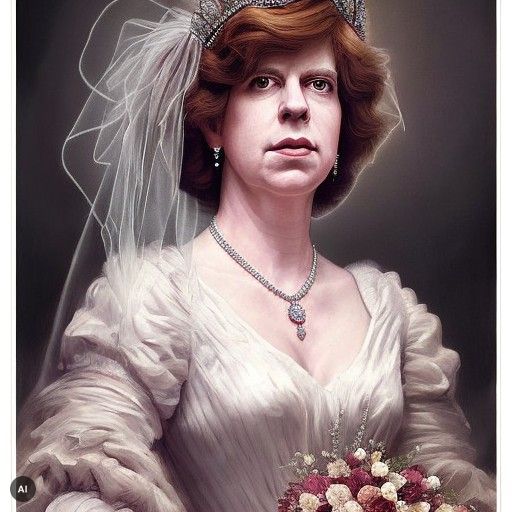
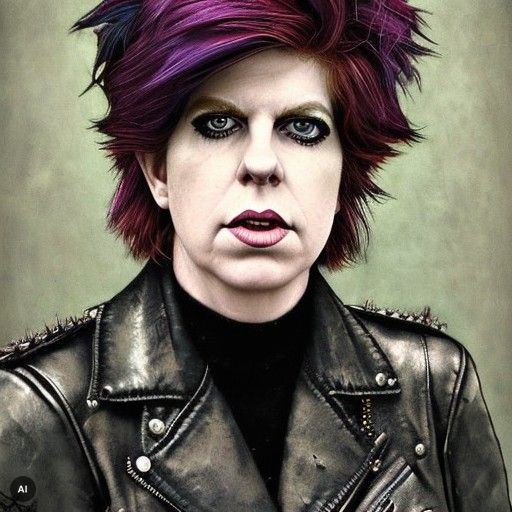
These themes are Saxon, Cowgirl, Viking (I look startlingly like my mother in that photo — not that she goes around with horns on her head — but I do get my Danish heritage from her side), 1970s flower child, 18th century bride and punk rocker.
The funniest picture I got was this one — the 3-armed (!) Saxon warrior with the slit skirt up to her navel. In general, it seems the AI struggles with realistic hands and fingers — in one photo I have 7 fingers, and in several other photos I have 3 arms. (Of course that might be due to my own photo selection.)
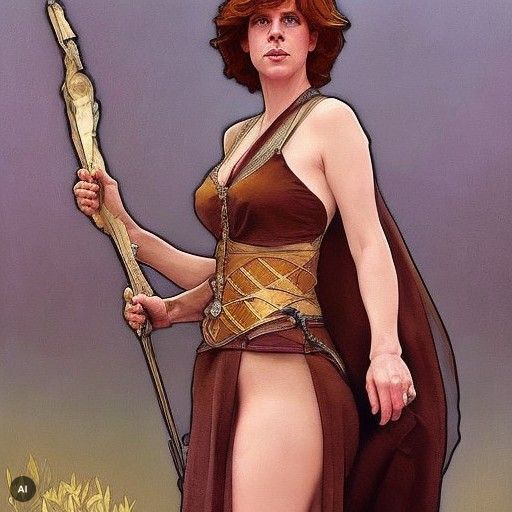
Both of the image sets below belong to the Saxon theme. There is a painterly quality to the images, and a few where my head is cut-off.
Below are the themes 1950s Chic. They look like me, but also look painted. Then, Roman — which looked unrealistic. The AI struggles with a human-looking face for the full-body photos, probably because the full body photos I uploaded have relatively small facial features to go by.
The other themes are 1920s Black & White, and finally Baroque which looks least like me of all the themes. (In this set of images, anyway. The second go-round was better.) I suspect that the miss on the similarity is due to the Baroque theme using waist-up “portraits” and again, there’s not enough clarity on the facial features.
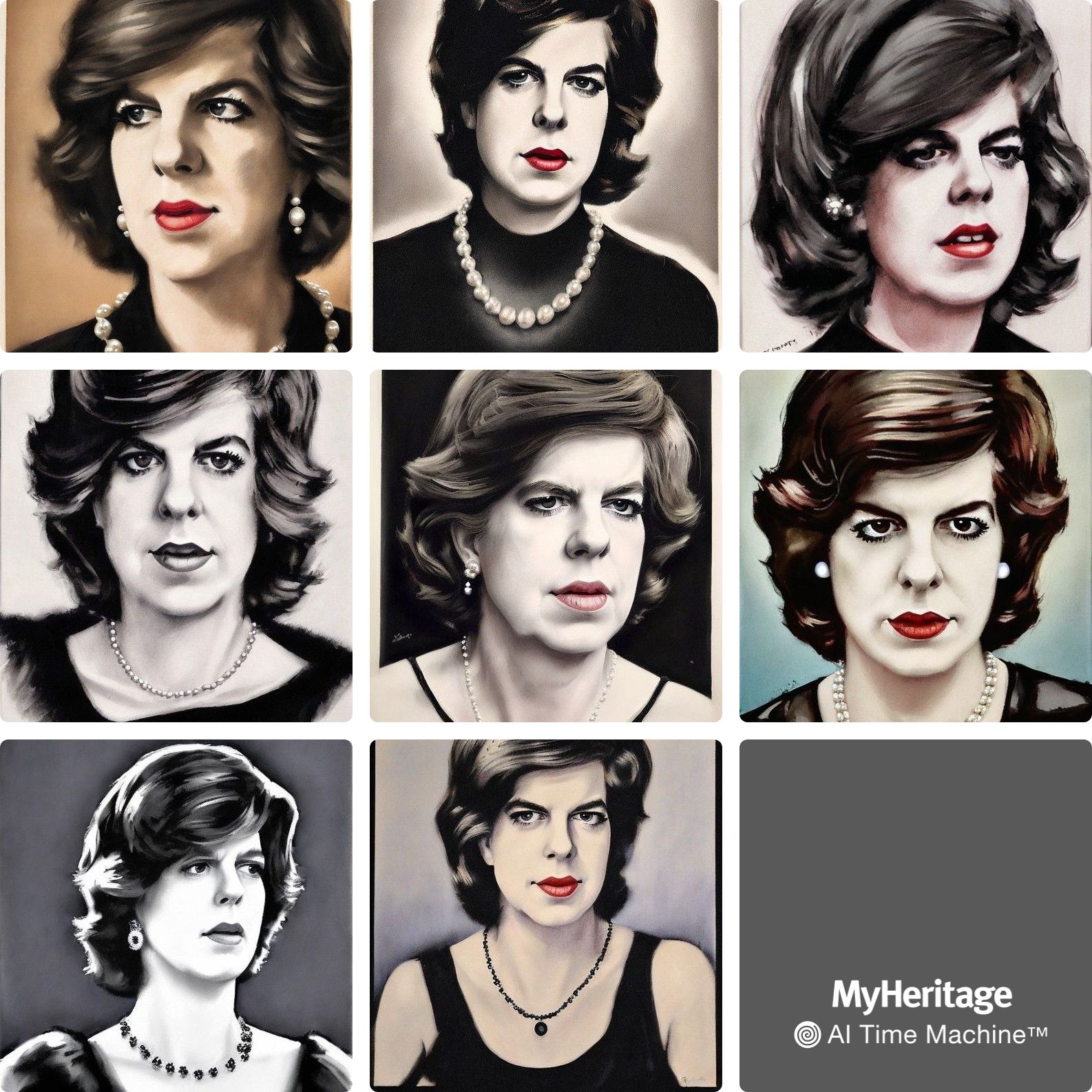
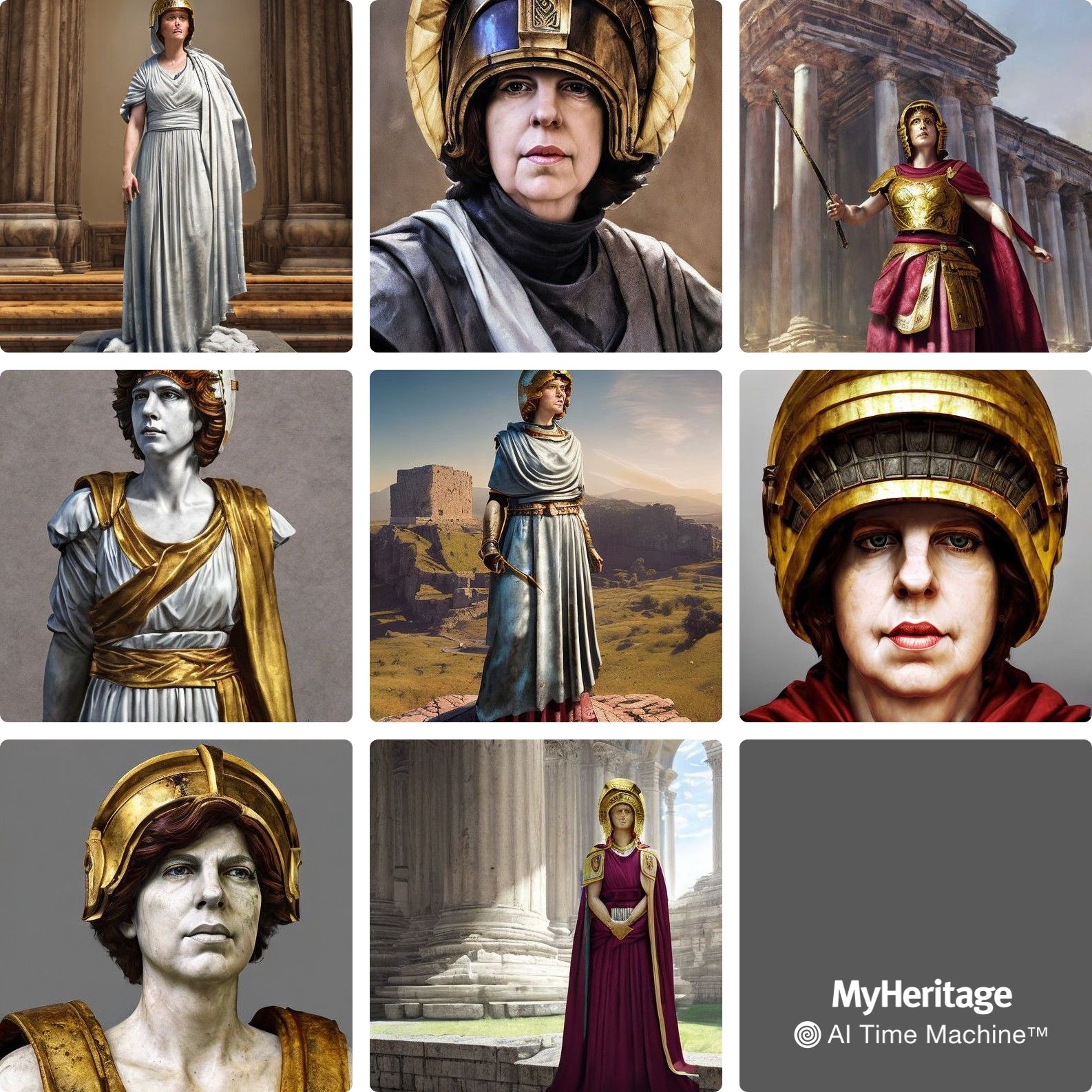
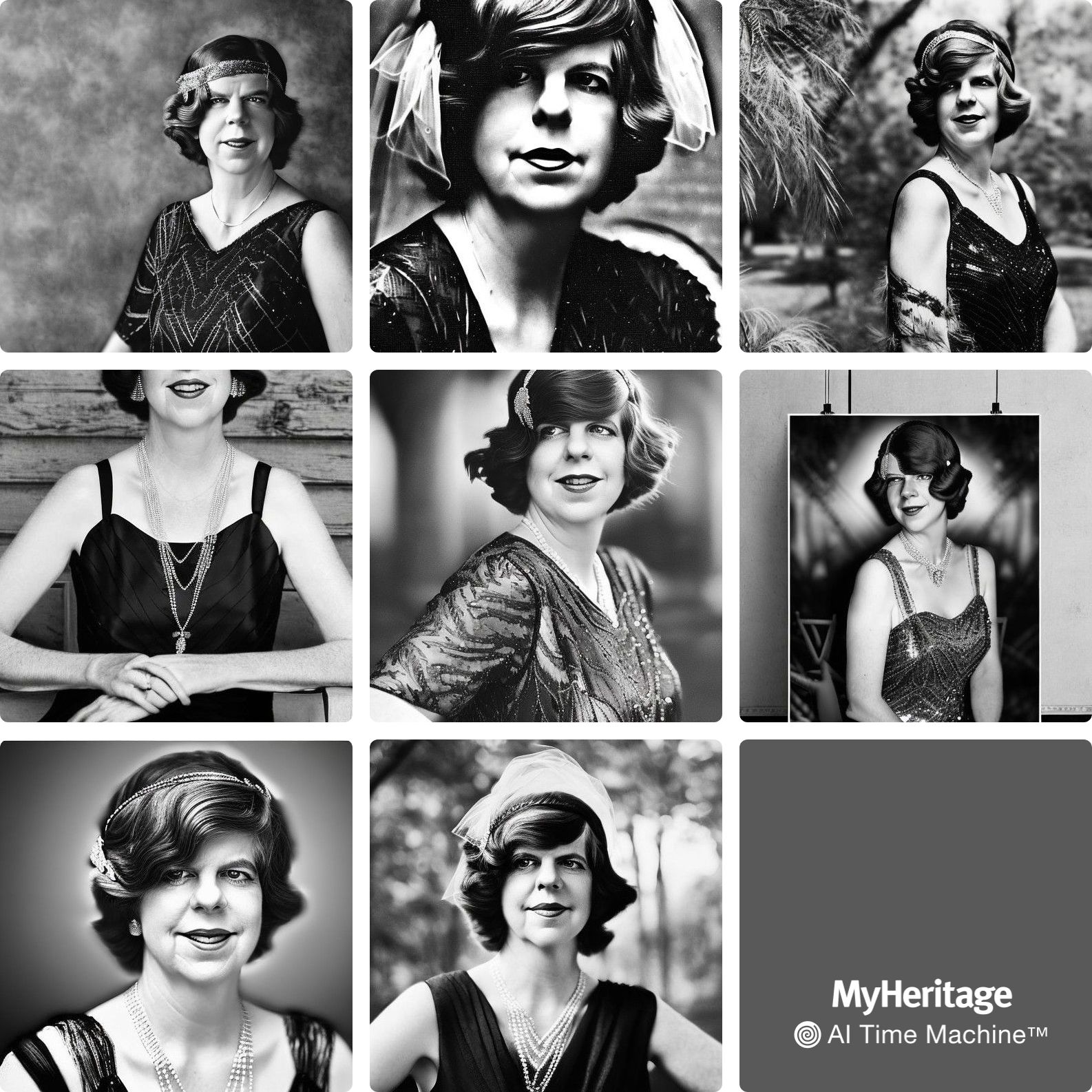
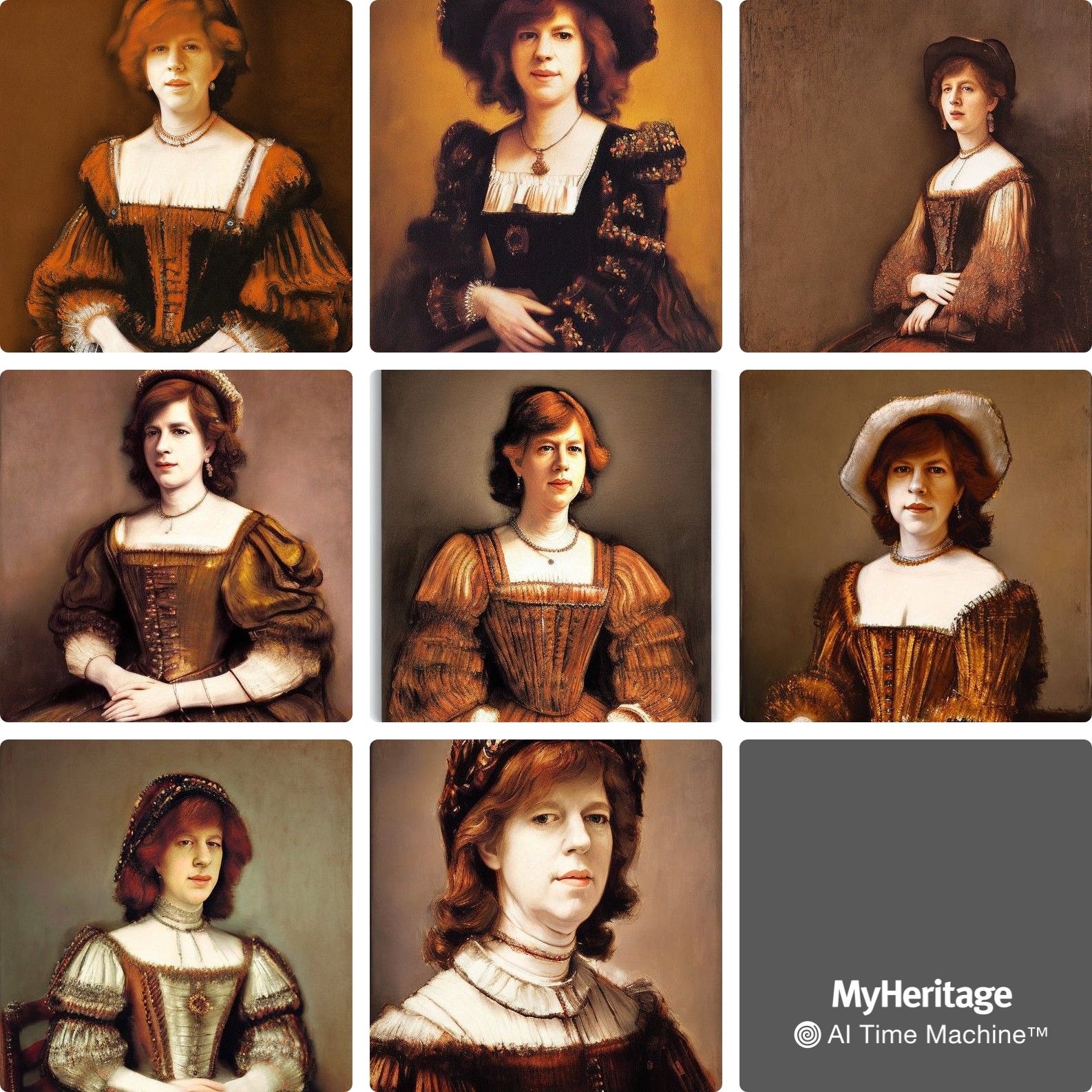
Finally, a last few more — from Celtic, Shaman and Punk Rocker themes.
This was fun, like dressing up in costume — and in some cases looking like my ancestors might have looked. MyHeritage has a FAQ, sample photos, and a how-to video on their site if you want to try it!

